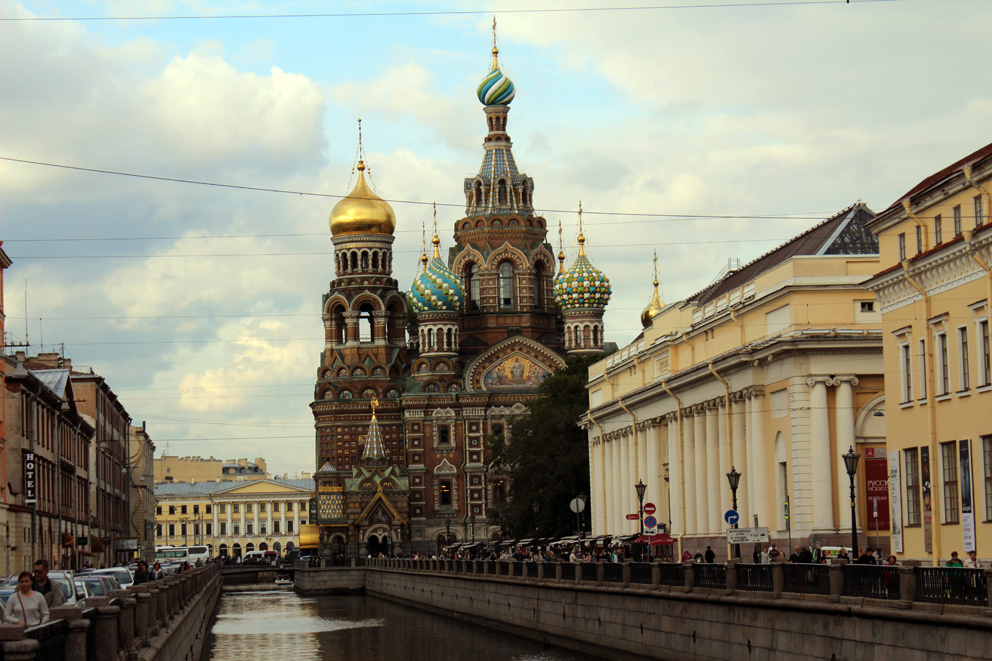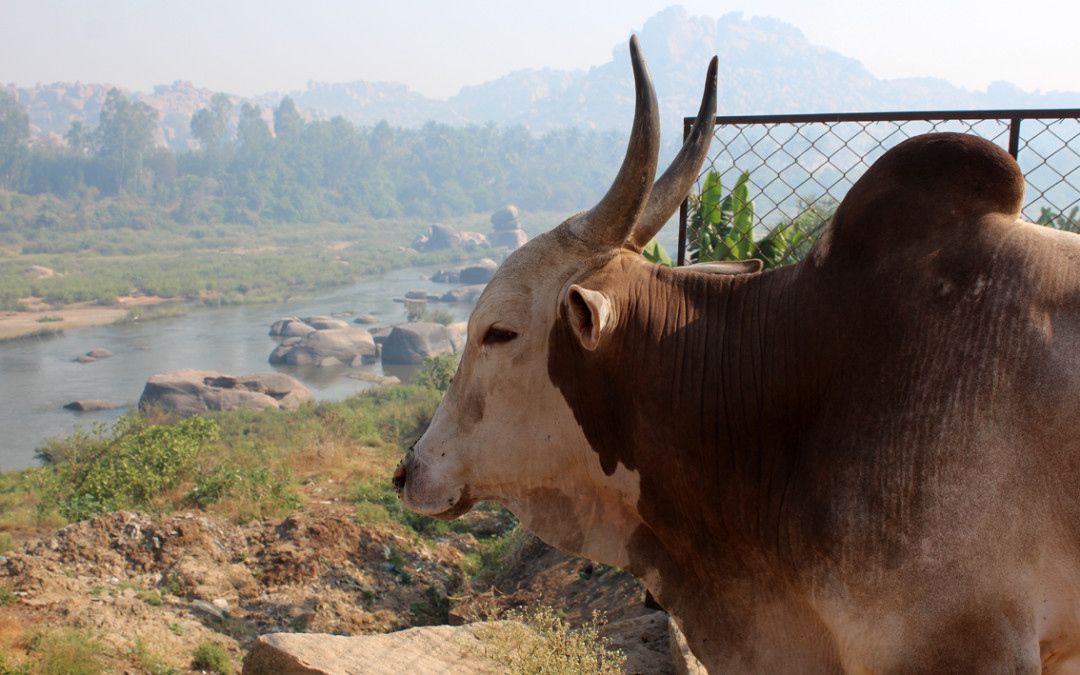
by Sezgin | Oct 16, 2015 | SeedsonWheels |
We leave Russia and enter Georgia without visa, passing Kazbegi border check point on Caucasian Mountains. Then we start hitchhiking towards Tbilisi on the road between mighty Kazbek and Shani mountains, following the Valley of Terek River, which is being blocked due to landslides time by time. When we reach Tbilisi with a family from Azerbaijan, Andro welcomes us to his home, who we met on Counchsurfing. Tbilisi is a 1500 years old modern city. In the city center around Kura River, there are historical buildings look like built on each other, surrounded by skyscrapers. Bathhouses and buildings around sulfur water resource in the center of the city are restored and used as hotels and restaurants. But when we start walking in narrow streets and leave the touristic center, we run into abandoned historical churches and houses. A waterfall in the city completes the beauty of historical Tbilisi. The waterfall comes from the top of a cliff and presents an extraordinary view for a city. The metro line built in Soviet era covers most of the city but the best way to explore Tbilisi is walking anyway. Decades old books exposed by second hand book seller on streets, small statutes on pavements, mosaics on the wall of a clock tower… While walking on Rustaveli street, the most famous street of the city with magnificent Soviet buildings, we run into a tea garden and decide to rest. But this is actually a beer garden and the price of a cup of coffee is twice more expensive than beer; and a big glass of beer is just...

by Sezgin | Sep 30, 2015 | SeedsonWheels |
We travel towards Russia again in the end of August. After 100 kilometers north of Ulanbataar, the sky becomes grey and sunshine is too weak to warm. We thought that it was because of air pollution until we reached Khyagt when we passed the border, where we learnt that the reason was the forest fire around Lake Baikal. We are in Buriatia. Buriats, relatives of Mongolian people, constitute the majority of the population and major religions are Shamanism and Buddhism. Our aim is to reach Ulan Ude, 200 km far, but no one takes us while hitchhiking and we camp near a river. We couldn’t see the sun all day, but at night we sleep under shining full moon. When we reach Ulan Ude after spending our previous night camping near the border city Kyagt, again we encounter with the view of a Siberain city, reminding Soviet Union. Ulan Ude is a city with the biggest Lenin head on earth. One floor wooden Russian houses next to huge Soviet architecture, plenty of hammers and sickles on streets, a Victory Monument dedicated to World War II with a huge tank and more Lenin… At noon we just rest while listening to classical music with fountain view in Theatre Square and walk on the streets. Probably there is more to see, but 3 days pass while resting after Mongolia in the house of Thomas, who hosted us via Couchsurfing. Finally we reach Lake Baikal, which we couldn’t see in our previous visit. We get off from the minibus (mashrutka) one stop before Babushkin and camp in a forested area near Manturika...

by Sezgin | Feb 27, 2015 | SeedsonWheels |
In our long trip from the south of India to the north, we left Karnataka at the end of February, where we came at the end of January. Gokarna, where we arrived after 16 hours of train journey starting from Mysore, is a settlement in Karnataka State of India, south of Goa. It is a place we just stopped by on the advices of travellers we met on the road. Keeping its small town view, Gokarna is a coastal settlement, in which, density of population is mostly consisted of tourists. We stay for 12 days in Kudle Beach unexpectedly, where you can reach by renting a tuk-tuk for 100 Rs (1,5 $) just from the bus stop or for free by walking for 20 minutes. We walk down the hill, after getting off from the tuk-tuk that left us on a steep and arid hill. The road leads to the beach passing over the stair shaped rocks. The hot beach lies before us, on which to walk at noon, one should be either as fast as Roadrunner or as patient as a Buddhist monk. It is 29th of January and we are looking for a shadow where there is no danger of falling coconuts. Along the coast, there are guesthouses after the long beach. Except several expensive places, most of the rooms are huts, walls of which are built by using coconut leafs with sand floor. But anyway, it is not easy to find a room in high season. We start looking for a place to camp, rather than paying 350-400 Rupees (7-10 $) for a room that doesn’t...





